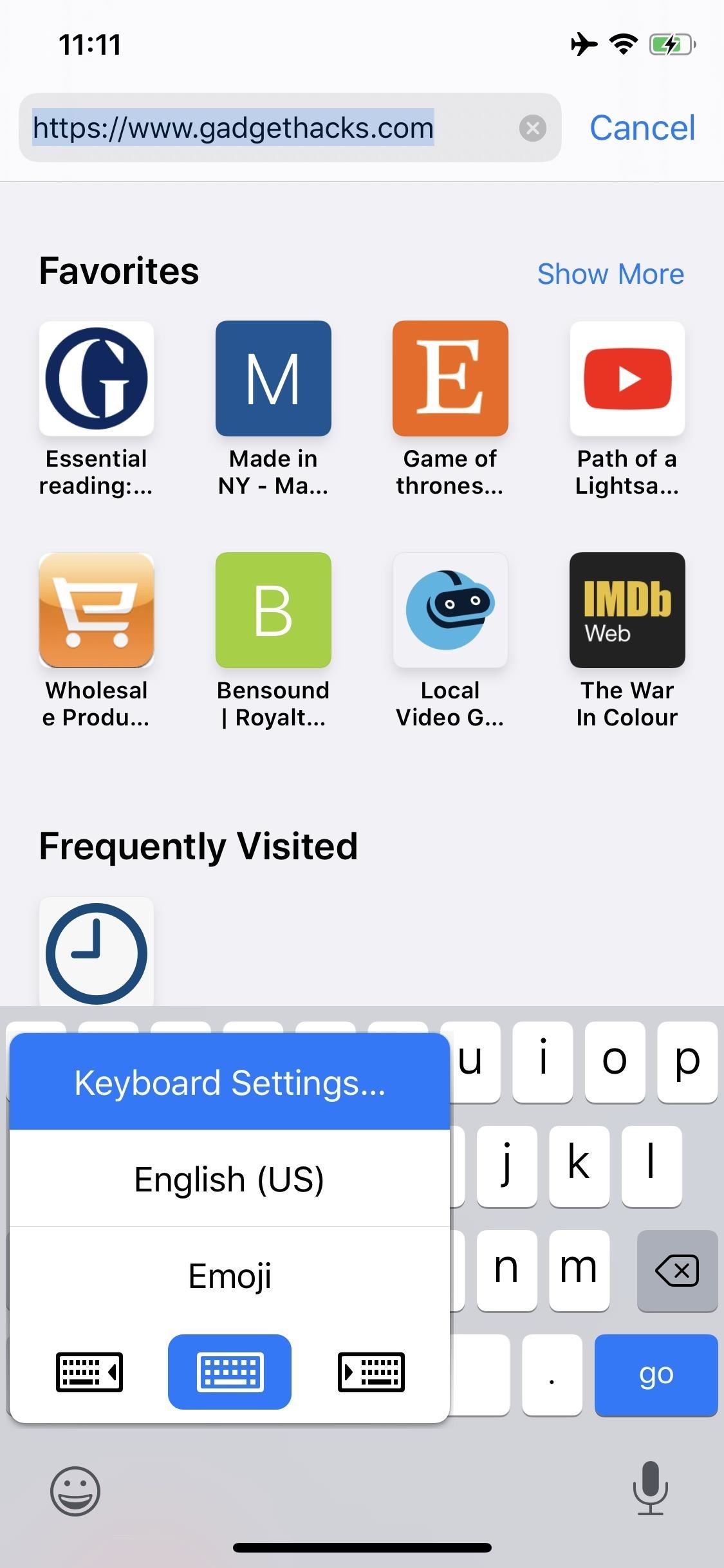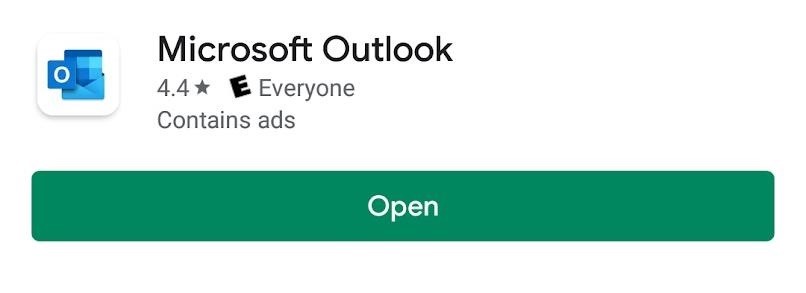SilverStream performs on Java 2
The <em>InfoWorld</em> Test Center reviews SilverStream’s Application Server 3.0
Once a mere programming language, Java has since transformed itself into an all-purpose environment for enterprise applications. With Java 2 Enterprise Edition (J2EE), Sun has given developers a full suite of application services, including brokered objects, server-side Web scripting, transactions, messaging, directory services, XML, and database connectivity. Several vendors have licensed Sun’s J2EE for their application servers, including BEA Systems’ WebLogic, Inprise’s Application Server, Unify’s e-Wave Engine, and SilverStream’s Application Server. We recently looked at the latest version of SilverStream Application Server 3.0 and found it to be a stand-out entry in a crowded field. Besides J2EE support, the product offers impressive installation, performance, back-end connectivity, administrative tools, and more.
TEXTBOX:
TEXTBOX_HEAD: The Bottom Line
SilverStream Application Server 3.0
Business Case SilverStream Application Server 3.0 is a complete J2EE server for Windows and Unix. Development costs are low (,500 buys five developer licenses), and at 5,000 per server CPU, deployment costs undercut the competition’s.
Technology Case You get a full suite of Sun J2EE components: CORBA, full-text search server, Sybase database, and Java development environment. Web features are standard when clients connect to the built-in Web server.
Pros
- Wide range of features
- Affordable development
- Strong back-end connectivity
Cons
- Windows’ enterprise facilities not leveraged
- Large resource footprint
- Start-up delays
Cost ,500 for five developer licenses; 5,000 per server CPU license
Platforms Windows NT, Solaris, AIX, and HP-UX
SilverStream Software Inc., Burlington, Mass.; (781) 238-5400;
:END_TEXTBOX The various components of J2EE can be tricky to install and configure. Some required components — such as the Java 2 SDK (software developer’s kit) and a SQL database server — are not strictly part of J2EE, so locating and loading all the pieces can take skill and patience. SilverStream installs the Java 2 SDK, a full-text search engine, and Sybase Adaptive Server Anywhere (ASA) — a personal edition of Sybase Adaptive Server. The installer reappears after each required reboot, automatically highlighting the next step. All told, my installation took about two hours. By including Sybase ASA, SilverStream gives developers a solid desktop-class SQL database server. ASA performs well under Windows NT, but its greatest strength is its similarity in programmability and behavior to the full-blown Sybase Adaptive Server Enterprise. Just don’t be tempted to use ASA in production: Like any commercial application environment, Application Server 3.0 needs a serious database. SilverStream includes the Java hooks required to connect to Oracle, Sybase Adaptive Server Enterprise, and Microsoft SQL Server. Once SilverStream is running, it’s a dream to work with. Alternating between my developer and administrator hats, I encountered only a few situations that SilverStream didn’t anticipate. The package is so polished it glows. My only major criticism is with the server’s Windows integration. Although J2EE was born at Sun, Windows NT is Application Server 3.0’s recommended platform. This effort pays off handsomely in Java server performance, and I liked that programmers can call out to Windows’ DLLs and COM (Component Object Model) code. But that’s where the Windows integration ends. The server’s Web code doesn’t run through Internet Information Services (IIS); instead, HTTP requests are handled by an embedded HTTP server. SilverStream’s Java HTTP server is a respectable performer, but IIS 5.0 has an edge in performance, manageability, and overall features. Sun’s Java Server Pages and Java Servlets emulate (and in some ways even imitate) Microsoft’s Active Server Pages and COM. J2EE and Windows 2000 overlap considerably in their enterprise features, and if SilverStream truly married the two, the combined services and APIs would change the face of enterprise applications. As it stands, SilverStream takes advantage of very few of Windows’ strengths: You’re bound to J2EE services. Such is the price you pay for cross-platform compatibility. Like all Java solutions, Application Server 3.0 has a small disk footprint that plumps considerably in memory. Code is compiled as needed, a process that adds several seconds to the first run of an application. This irritates some Web users, who have been conditioned to click their browser’s Stop button after waiting more than two or three seconds. Caching eliminates the compilation delay on subsequent invocations. In other regards, the server’s Java code sings. Yet even with SilverStream’s tweaks, Java’s performance lags behind C++. This is especially apparent when comparing rich interface (such as non-Web) Java applications to those written in C++. The natural network delays of the Web conceal Java’s performance shortcomings, making Application Server 3.0 particularly inviting for Web applications. It’s a major upgrade from the performance of Perl and JavaScript server-side code. More good news: SilverStream’s pricing is the best of the major players I polled for this story. A single CPU license will run you just 5,000, whereas pricing for BEA’s WebLogic starts at 0,000 and reaches as high as 5,00 per CPU. Considering the quality and comprehensiveness of Application Server 3.0, its low-ball price makes it almost impossible to resist. It’s still worth looking at other solutions (most vendors offer free trials of their servers), but I suspect that many who shop around will come back to SilverStream.



